Lower back pain is often categorized as non-specific, meaning there is no apparent structural cause. Dr. Lev Kalika has spent years revolutionizing back pain treatment by introducing high resolution diagnostic ultrasonography for structural diagnosis, combined with gait and motion analysis technology to visualize and objectify functional human movement and its impact on the spine.
In addition to his academic credentials, Dr. Kalika is a Certified Biomechanist, Certified Gait Analyst, Certified Dynamic Neuromuscular Stabilization (DNS) practitioner, and is certified in Fascial Manipulation. He has spent time with Diane Lee, a leading world expert on sacroiliac joint (SIJ) dysfunction, and is certified in the Integrative System Model (ISM).
Dr. Kalika is an expert in the Stecco method of fascial manipulation, and uses high resolution ultrasonography to identify and treat densified fascia and entrapped spinal and pelvic nerves. He has over 15 years of experience in diagnostic musculoskeletal ultrasonography, and is an expert in ultrasound guided injection therapy and ultrasound guided dry needling. He is also and expert in extracorporeal shock wave therapy (ESWT).
Dr.Kalika’s expertise in lower back pain is sought by professional athletes, dancers, runners and physically active individuals across the United States.


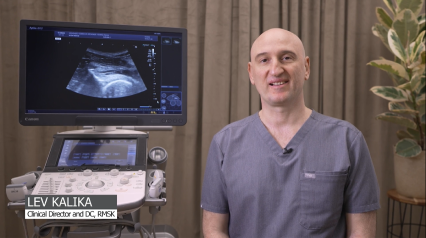
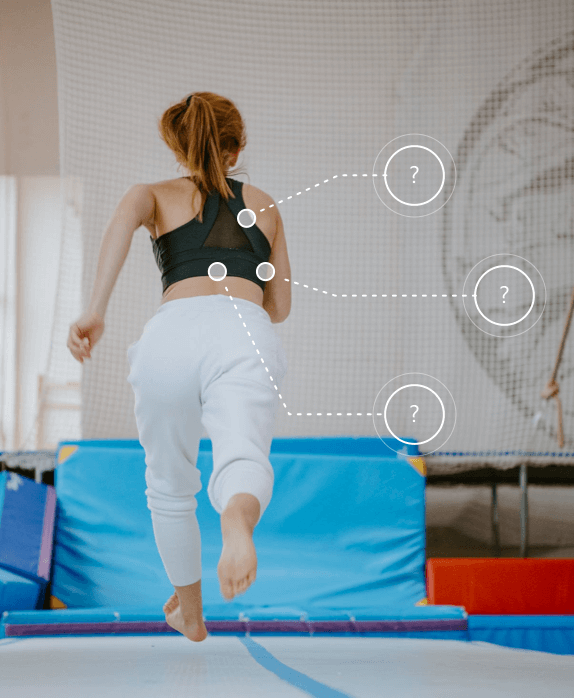
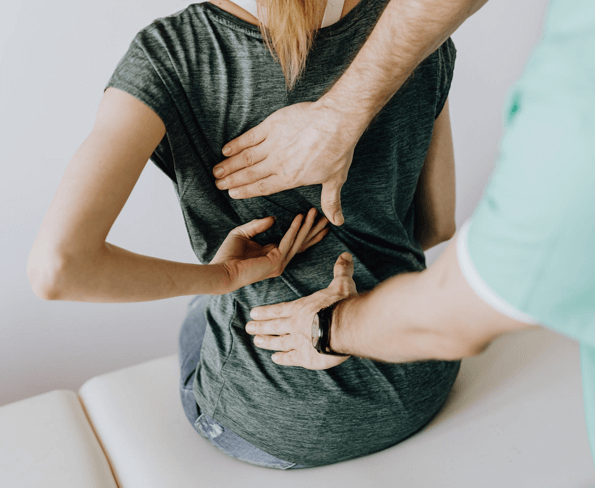
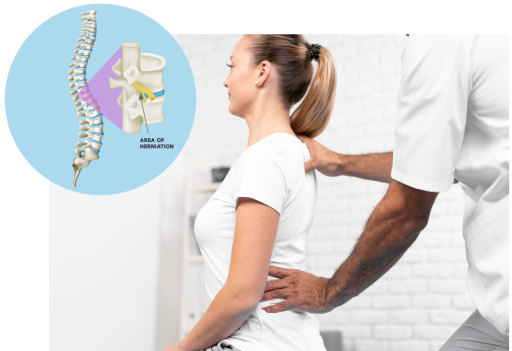








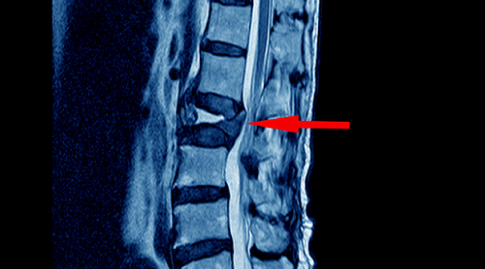
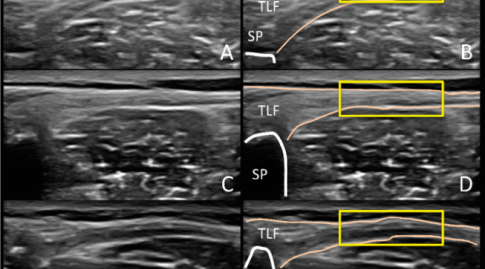
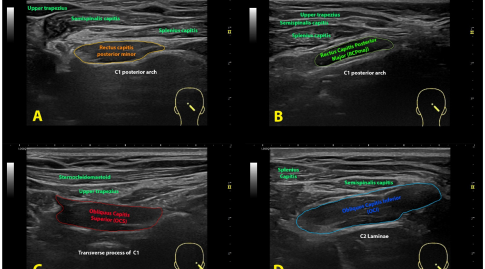
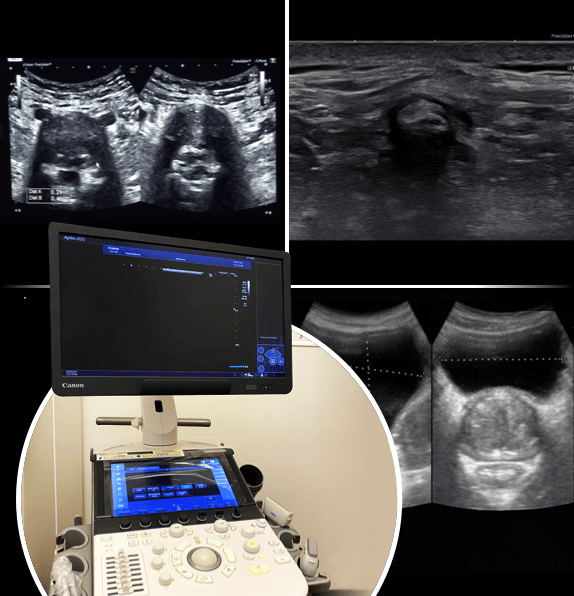
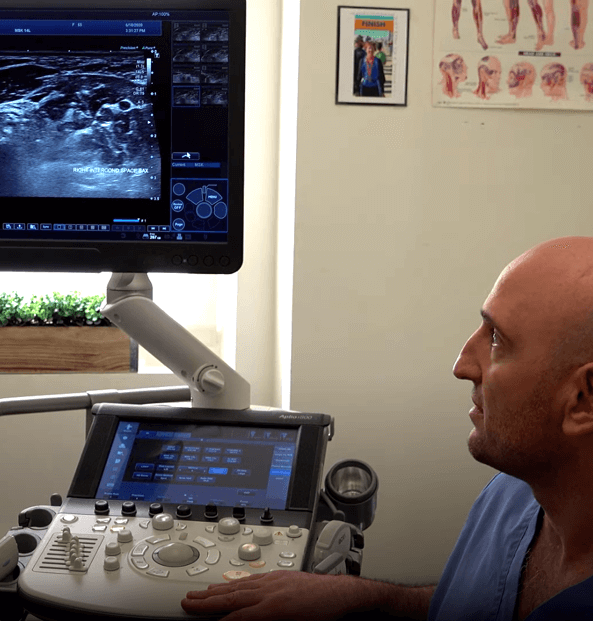
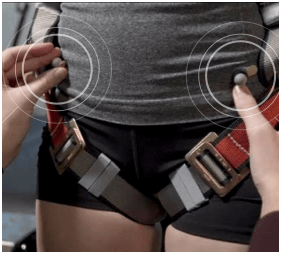
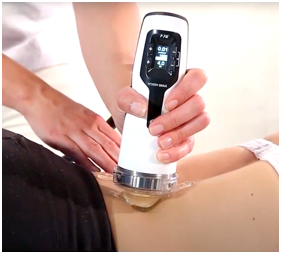
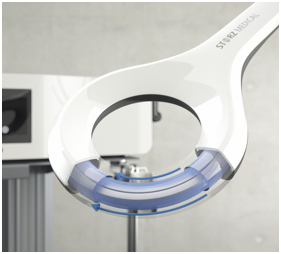
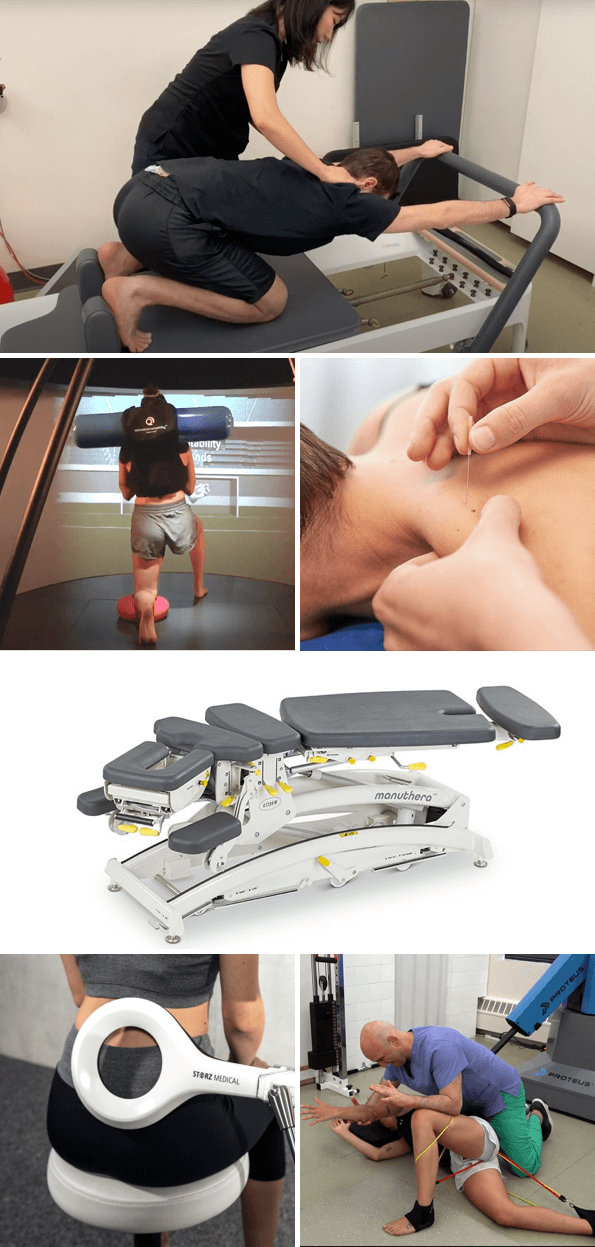
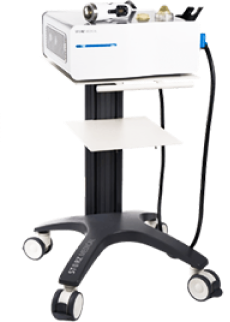
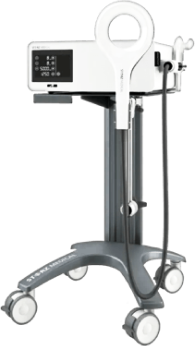
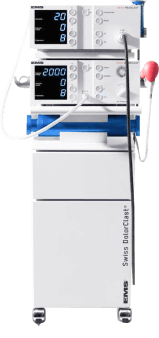
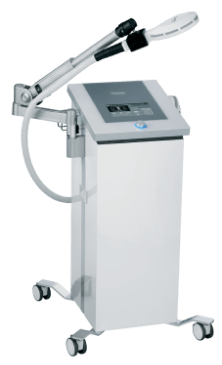

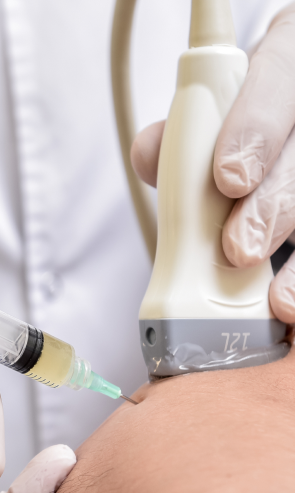
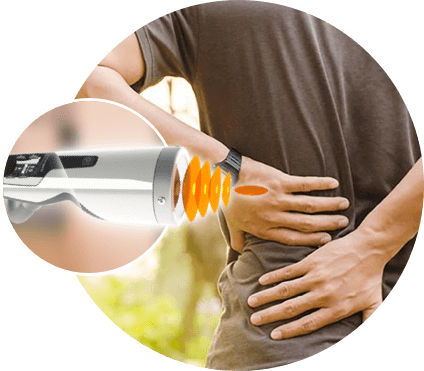
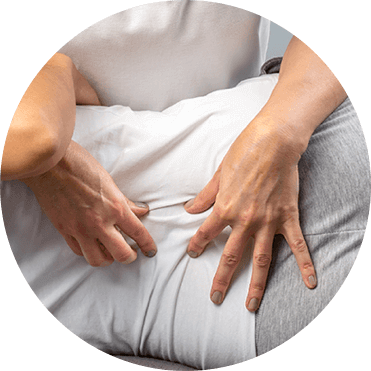

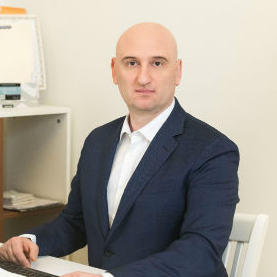


























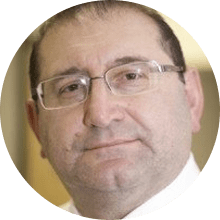 Dr. Mikhail Bernshteyn
Dr. Mikhail Bernshteyn  Dr. Michael Goynatsky
Dr. Michael Goynatsky 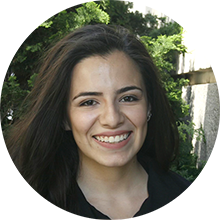 Dr. Daniela Escudero
Dr. Daniela Escudero  Dr. Michelle Agyakwah
Dr. Michelle Agyakwah  Dr. Tatyana Kapustina
Dr. Tatyana Kapustina 

























